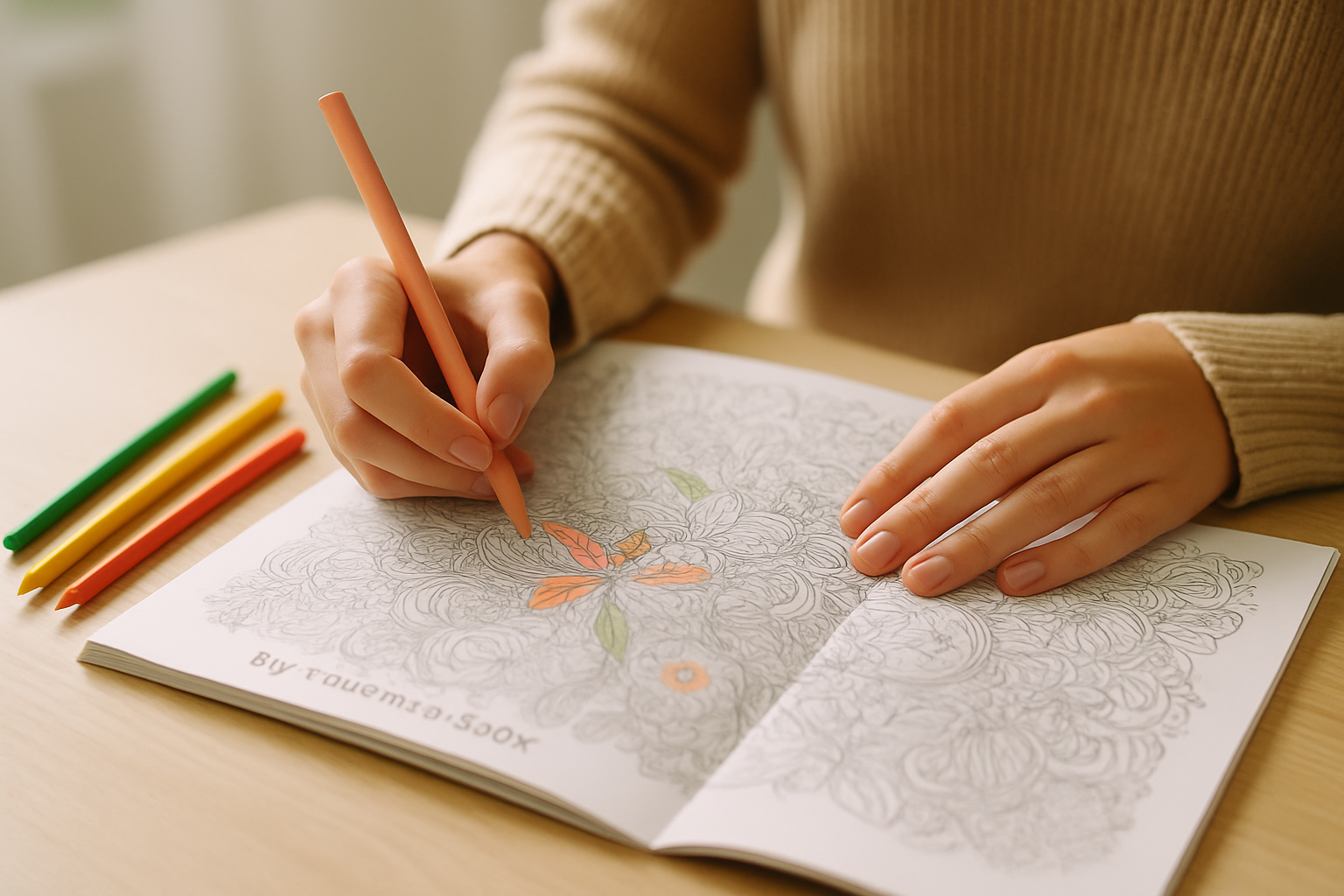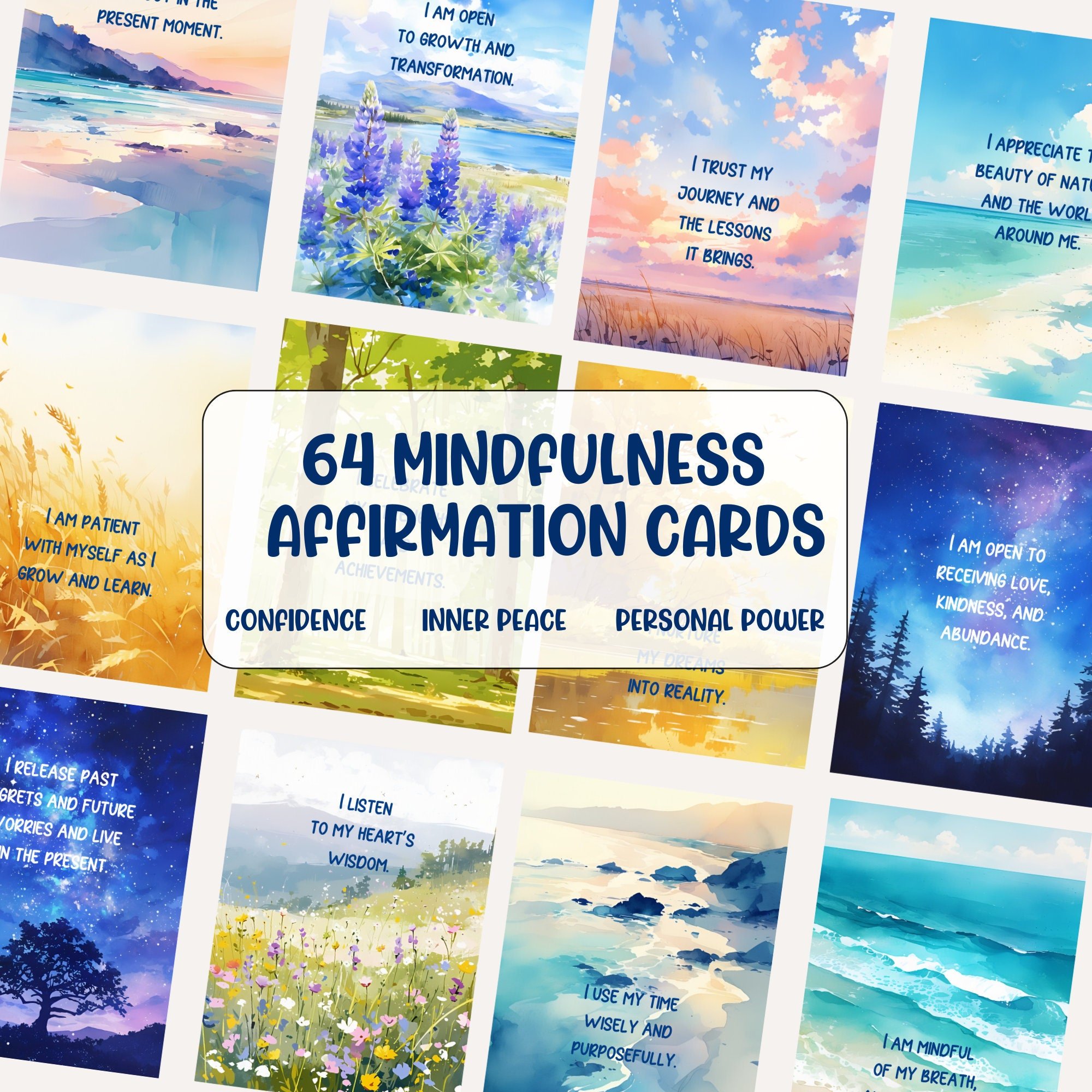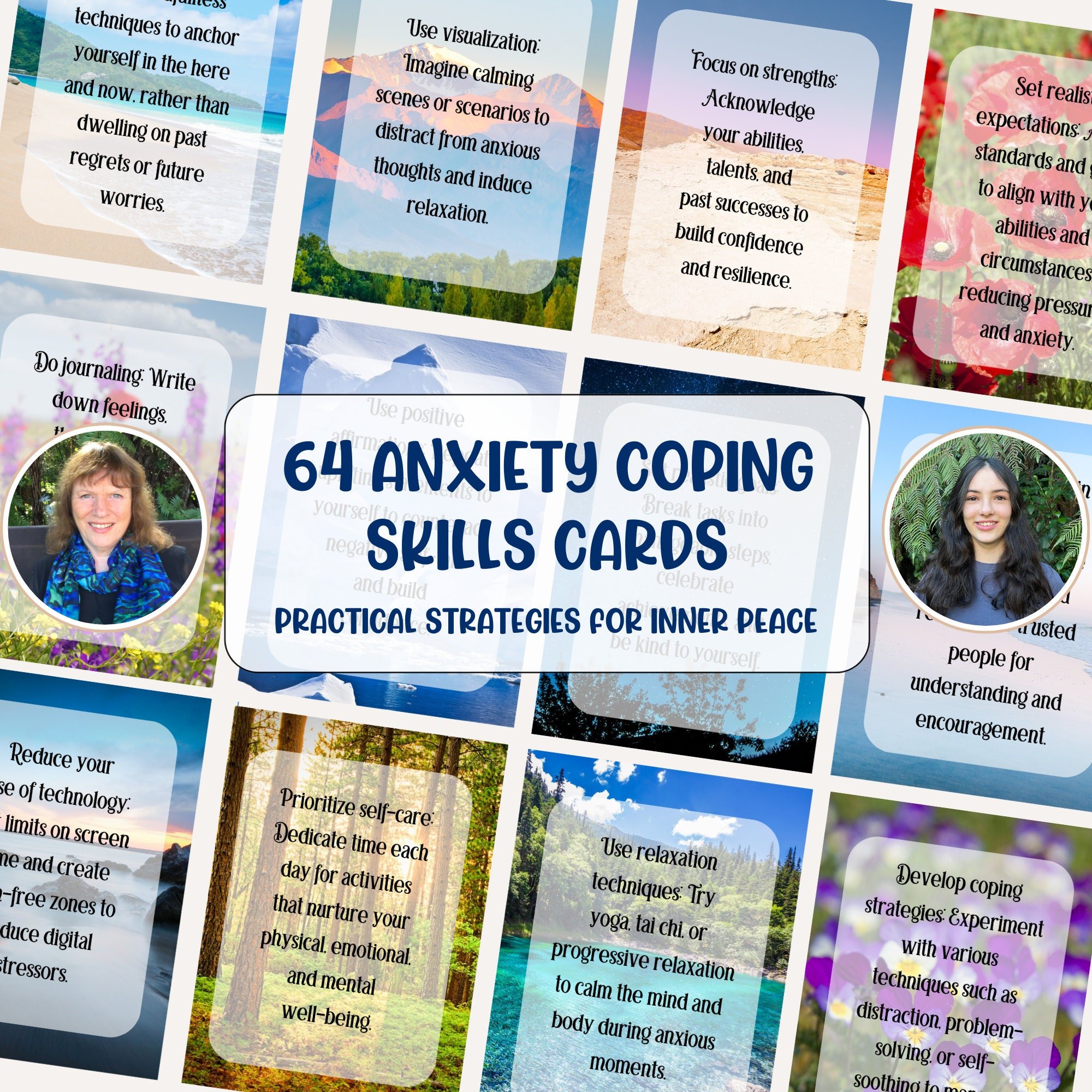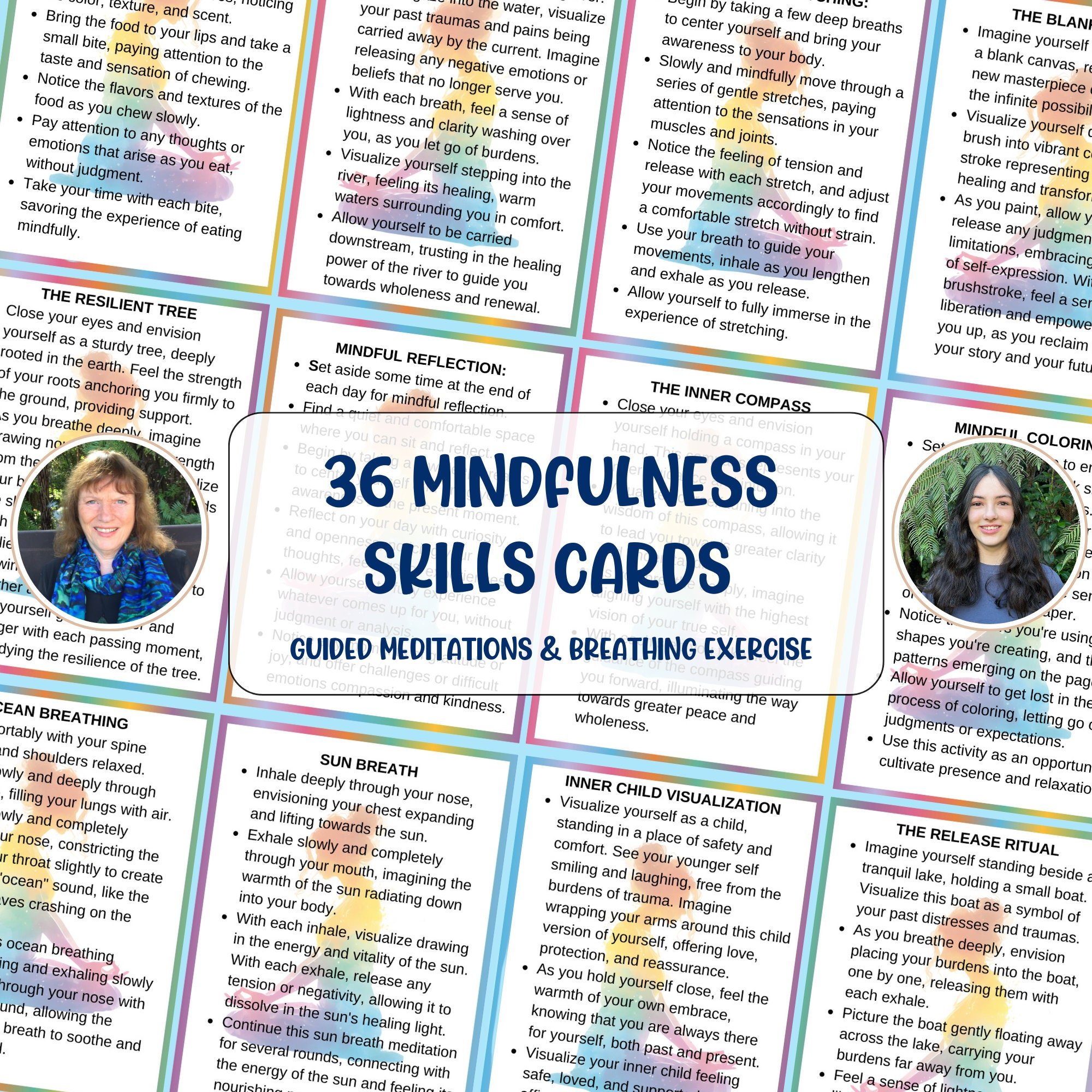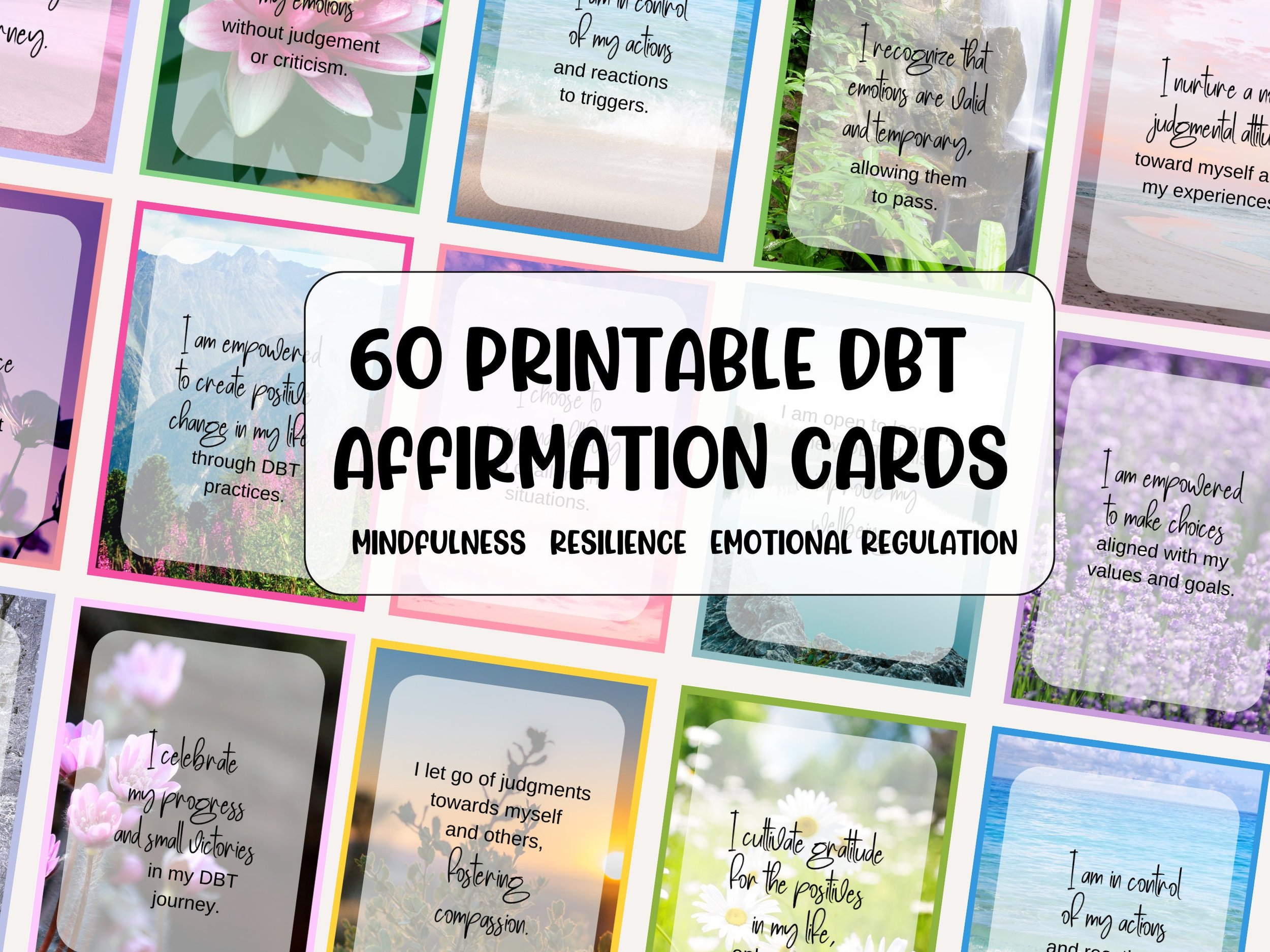DBT Skills Made Simple: Everyday Tools for Emotional Balance
Life can feel overwhelming at times. Emotions rise quickly, stress piles up, and before we know it, we’re reacting in ways that don’t match who we truly want to be. That’s where DBT—Dialectical Behavior Therapy—comes in.
Created by psychologist Marsha Linehan, DBT was originally developed to support people with very intense emotions. But over the years, these skills have proven to be helpful for just about everyone. Why? Because DBT isn’t just a therapy—it’s a toolkit for navigating life with more balance, clarity, and compassion.
In this post, let’s break down the four core DBT skill areas in simple terms, with examples of how you can use them in everyday life—and a few extra tools to make practicing these skills easier.
1. Mindfulness: Learning to Be Here Now
At the heart of DBT is mindfulness. This means noticing the present moment without judgment. Instead of getting swept away by worries about the future or regrets from the past, mindfulness helps us anchor to right now.
Simple ways to practice mindfulness in daily life:
When eating, notice the colors, textures, and flavors of your food instead of rushing.
Pause before reacting in a heated conversation—take a slow breath and check in with how you feel.
Spend one minute simply noticing your surroundings: sounds, sights, sensations.
A simple support: Our DBT Colouring Book is designed to turn mindfulness into something calming and creative. Colouring can help slow your thoughts, bring you back into the moment, and offer a soothing break when you need it most.
2. Distress Tolerance: Surviving the Tough Moments
Sometimes life throws us into situations that are just plain hard. We can’t change them right away, but we can choose how to survive them without making things worse. This is where distress tolerance comes in.
Simple distress tolerance strategies include:
Holding an ice cube in your hand to ground yourself when emotions feel overwhelming.
Splashing cool water on your face to reset your nervous system.
Creating a “distraction list” of healthy activities—like reading, going for a walk, or calling a supportive friend—for times when you feel stuck in spiraling thoughts.
Distress tolerance doesn’t erase the problem, but it gives you a lifeline to hold onto until the wave passes.
3. Emotion Regulation: Understanding and Managing Feelings
Emotions are powerful messengers. But when they get too intense, they can cloud our judgment or push us into reactions we regret. DBT teaches us how to understand our feelings and respond in healthier ways.
Ways to practice emotion regulation:
Identify your emotions clearly. Instead of saying “I feel bad,” ask: “Am I sad, anxious, angry, or something else?”
Check the facts. Ask yourself: “Does my emotional reaction fit the situation, or is it based on old fears or assumptions?”
Build up positive experiences. Plan small, enjoyable activities regularly so that positive emotions have a chance to grow.
A simple support: Our DBT Affirmation Cards can be a gentle daily reminder when emotions feel heavy. Each card offers encouragement to reframe your thoughts and boost your confidence, helping you regulate and steady yourself in challenging moments.
4. Interpersonal Effectiveness: Communicating with Respect and Clarity
Relationships are at the core of human life. DBT offers tools for expressing needs, setting boundaries, and respecting both yourself and others. This helps create healthier connections without sacrificing your wellbeing.
Examples of interpersonal effectiveness skills:
DEAR MAN technique: A DBT acronym that guides you to Describe, Express, Assert, and Reinforce while staying Mindful, Appearing confident, and Negotiating if needed.
Saying “no” firmly but kindly when you can’t take on more responsibilities.
Asking clearly for what you need instead of hinting or hoping someone will guess.
DBT Is About Balance, Not Perfection
One of the most powerful aspects of DBT is that it teaches us to hold two truths at the same time. For example: I’m doing the best I can right now and I can keep learning to do better. This is the “dialectic” in dialectical behavior therapy.
You don’t need to master every skill overnight. Think of DBT as a toolbox: some days you’ll need mindfulness, other days you’ll lean on distress tolerance or emotion regulation. The goal is not perfection but progress—a gentler, more balanced way of navigating life’s ups and downs.
Final Thought
Whether you’re managing daily stress, navigating a difficult relationship, or trying to break old habits, DBT skills can help. They offer practical, real-world ways to stay grounded, manage emotions, and build healthier connections.
And remember—you don’t have to do it alone. Supportive resources can help make the skills easier to use. Our DBT Affirmation Cards provide daily encouragement for managing emotions and building confidence, while the DBT Colouring Book makes mindfulness both soothing and creative. Together, they can help you bring DBT off the page and into your everyday life.
